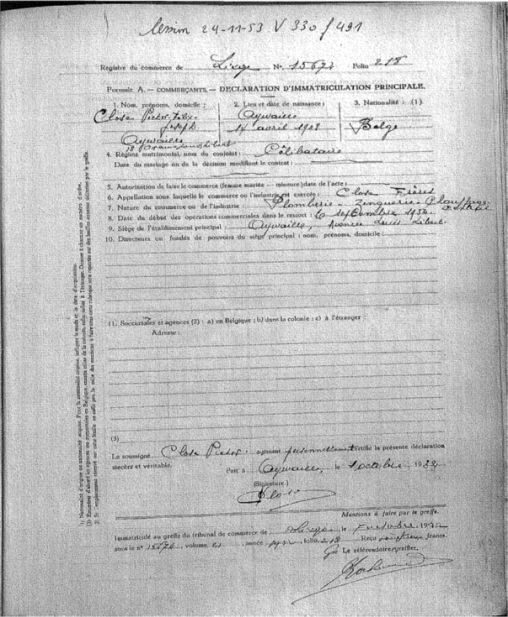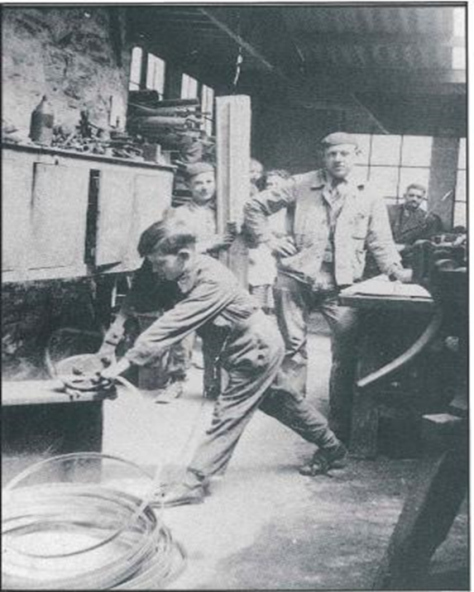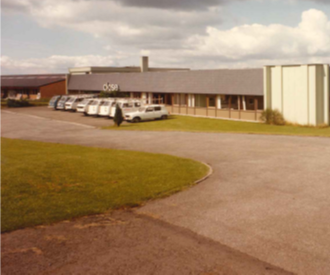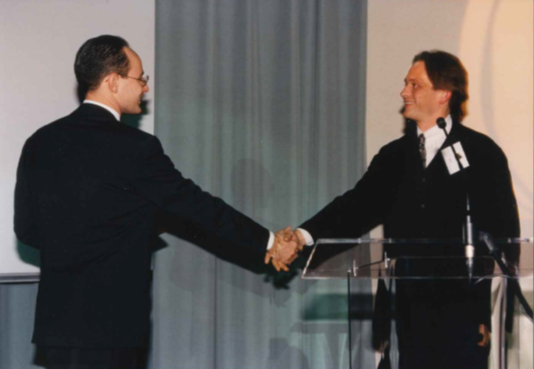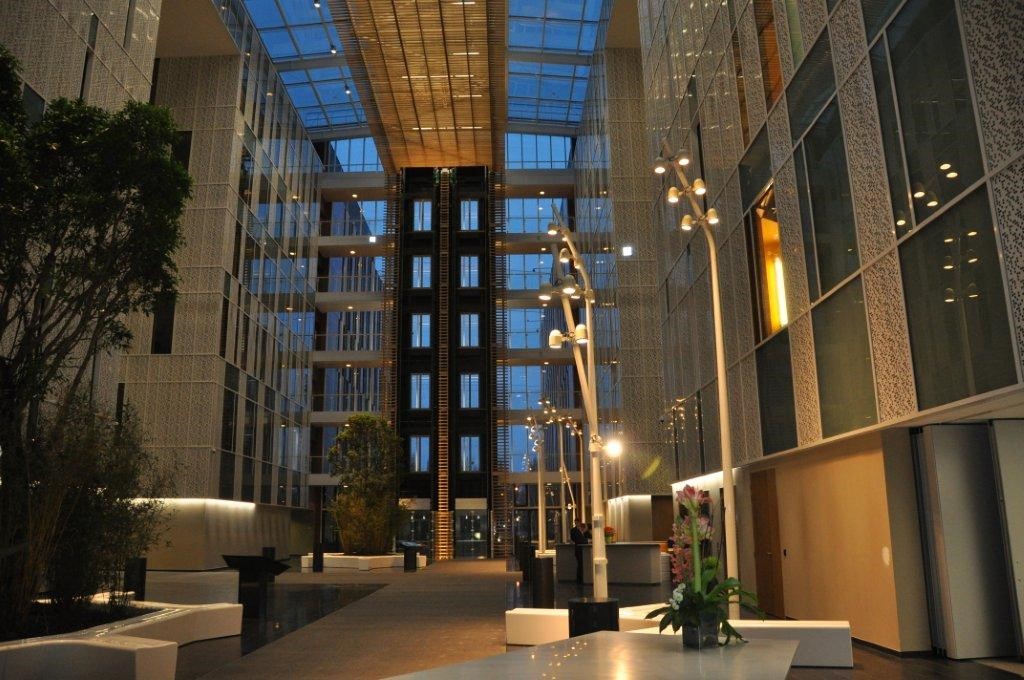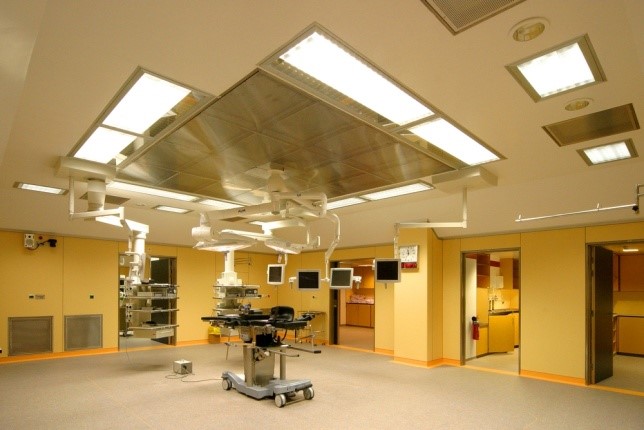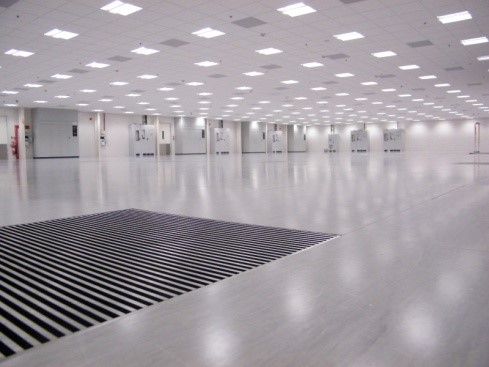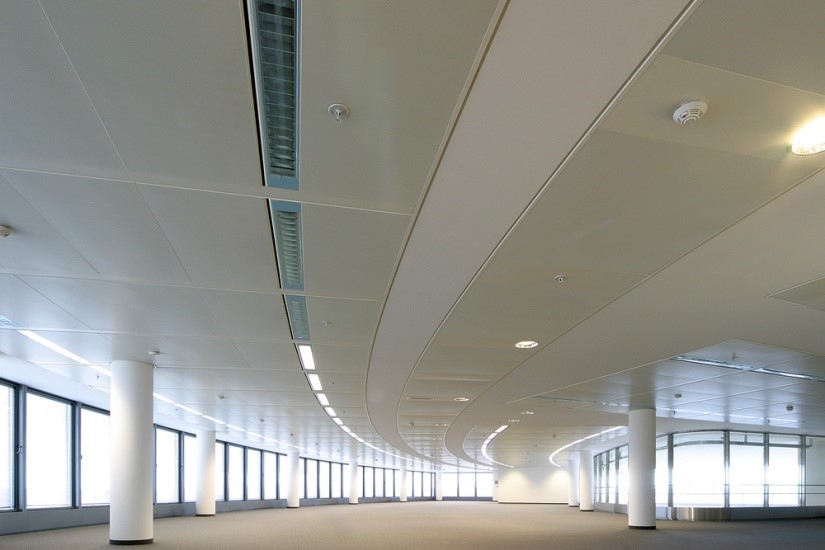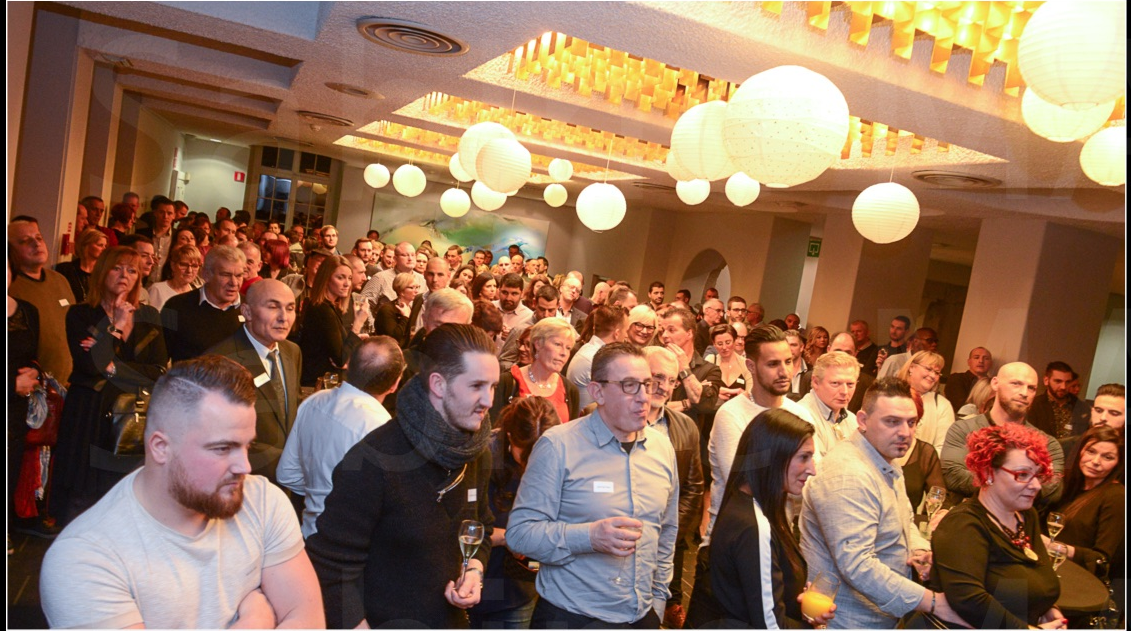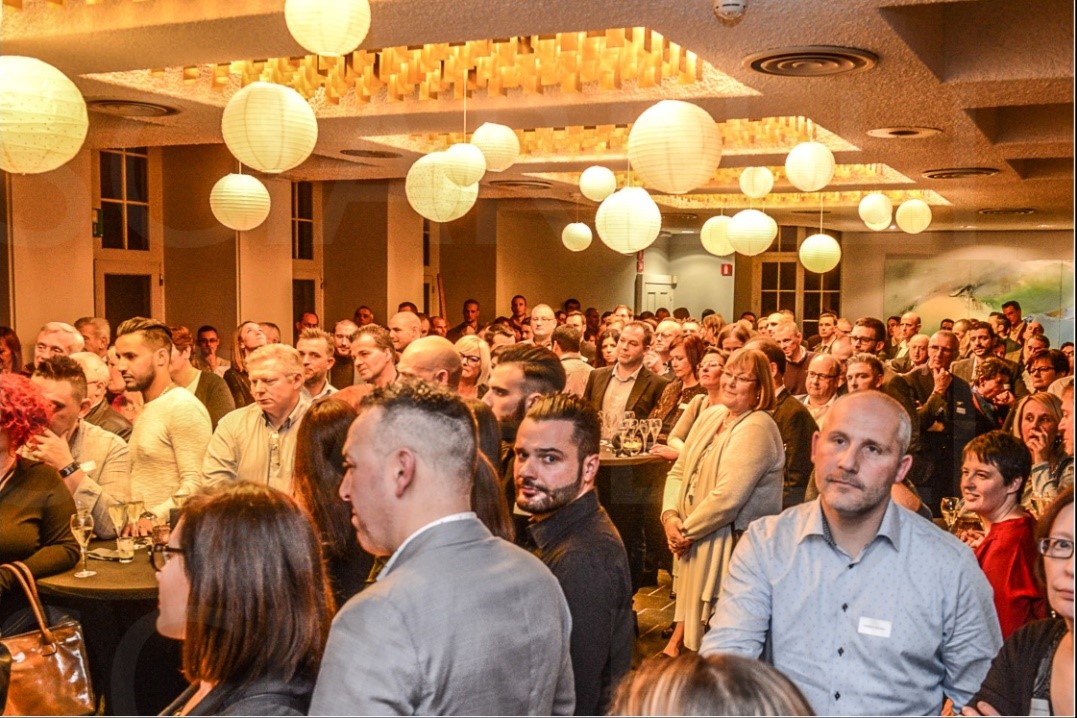We use cookies to offer you the best experience on our site. You can find out more about the cookies we use or disable them in the settings. Cookie settings
History of the Close group
-
1932
Victor Close registers in the Companies Register
-
1953
Close Frères SPRL (Victor and Joseph) is founded
-
1965
José Close founds Anciens Etablissements de Victor Close SPRL
-
1970
The pulsed air side of the business (ventilation) is expanded
-
1972
The GAINAIR duct manufacturing unit is created
-
1978
The RE.EL switchboard manufacturing unit is created
-
1990
The group Confort et Chaleur is bought
-
1991
Close Luxembourg S.A. is founded
The company Groffy (Bastogne) is acquired -
1992
Tygat S.A. is acquired (Brussels)
-
1993
NV Borzée is acquired (Heusden Zolder)
-
1995
The company Confort Thermo Technique is acquired (Namur)
José Close retires, and Pierre Close becomes head of the group -
1997
The group is a finalist in the Company of the Year competition.
Chilled ceiling development begins. -
2000
The three companies Tygat, Confort Thermo Technique and Groffy merge to become Close Maintenance.
-
2001
The Close building is built in Brussels
-
2007
Close technical service is created (Tunbridge Wells, UK)
-
2008
A data centre division is developed
-
2009
The limited joint-stock company is created (Thionville, France)
-
2010
The electricity subsidiary opens
The statuses of manual and non-manual workers are harmonised
The Close group, a family story
The Close group has worked in the HVAC sector for 85 years. Its story dates back to 1 October 1932, when Mr Victor Close, born in 1908, registered in the Liège province Company Register as a plumber, zinc worker and heating engineer.
From the beginning, he worked with his brother Joseph, who was born in 1912, under the name ‘Close Frères’. Victor was a prisoner in Germany for five years during the Second World War, and the company ceased its activities for a time. In 1953, Victor and Joseph founded the new Etablissement Close Frères SPRL together, focussing on sanitation systems and heating.
The brothers died in 1961. Victor’s eldest son, José Close, took over first as a natural person, then went on to found Anciens Etablissements Victor Close SPRL in 1965. This would be turned into Close S.A. in 1983. In 1995, it was Pierre Close, the eldest son of José, who took the reins of the group. Today he is the director and main shareholder.
The group’s national and international growth
With the purchase of the group Confort et Chaleur in 1989, the company became one of the biggest Belgian companies in its field. The purchase of the regional heating giant grew the order book, the scope of business and staff numbers of Close S.A. (many contracts will now be negotiated in the capital).
It continued to grow throughout the following decade, during which time several acquisitions were made. This saw the company become one of the finalists in the Company of the Year competition in 1997. Profiting from the property boom in the Grand Duchy of Luxembourg, the firm opened a subsidiary in November 1990 under the name Close Luxembourg S.A., the group’s first export. In 1991, the group acquired the company Groffy (Bastogne) and in 1992 it bought SA Tygat, Brussels. In 1993 it was the turn of NV Borzée (Heusden Zolder) and then the company Confort Thermo Technique (Namur) in 1995.
In 2000, the different Belgian acquisitions were merged, creating the subsidiary Close Maintenance.. In the same year, the group bought out the majority of shares in Sarl Gabbana, giving it a strong foothold in Luxembourg. In 2001, the company started construction of a new headquarters in Brussels, on avenue Ariane. The boom in Brussels- based orders made the construction of a site like this necessary.
In 2008, the group turned its attention to data centres, another promising sector, by creating the Close Technical Service (2007) with headquarters in Tunbridge Wells in England (which ceased trading in 2014). Thanks to CTS, the group’s international growth was taken up a notch in Sweden and England. In 2009, following several orders placed in the Paris region, the firm opened a French subsidiary Close SAS, with headquarters in Thionville.
Technical development
The heating company rapidly expanded its business. In the 1970s, the company expanded into pulsed air (ventilation), an activity that naturally led to the creation of a duct manufacturing unit. During the following decade, the company started to work in the air conditioning market, creating two new departments: electrical cabinets (RE.EL) and insulation (I. Therm).
In 1999, in association with the company Toussaint-Nyssenne, the group turned its attention to developing chilled ceilings, a promising technology. The project was implemented in collaboration with the University of Louvain-La-Neuve. Production lines were designed and a manufacturing unit set up in Lambermont.
In 2002, Close S.A. bought the chilled ceilings development business from Toussaint-Nyssenne. Now based in Brussels, research into their development continues today thanks to a team of young engineers.
From 2008, the firm widened its technical expertise to encompass data centres (including the SAVVIS internet data centre in 2008 and TELECITY data centre in Stockholm in 2010). Two years later, it opened an electricity department in Harzé. Nevertheless, the technical expertise of Close S.A. distinguishes itself most of all in the hospital sector. In 2005 in a world first, it created an operating area for the Saint-Luc clinic in Brussels designed to avoid any external contamination.
Staff
Between 1980 and 2017, staff numbers tripled. Moreover, Close S.A.’s absence rate is 5–7 times lower than the average. The reason behind this low rate of absenteeism was the harmonisation by the group of the status of manual and non-manual workers, even before the law of December 2013 on the topic was introduced. *. Thanks to this standardisation, manual workers retain their sector-related benefits and also receive those associated with the regime for non-manual workers (the extension of the notice period, for example).
To find out more, see: La Meuse, 23/11/2010; Le CNE, December 2010; l’Echo, 22/11/2010; Le Soir, 23/11/2010 and 082/2012, etc.
Large construction projects
Since 2011, the Close group has performed ever larger construction projects. The new NATO headquarters (2016, EUR 26,400,000). Orders worth over EUR 10 million are on the increase.
These include the UP-site building in Brussels (2011–2014, EUR 15,300,000), the BNP Paribas data centres in Bastogne and Vaux-sur-Sûre (2014–2015, EUR 12,700,000 and EUR 11,3541,000 respectively), the Konrad Adenauer building, the new General Secretariat of the European Parliament in Luxembourg (ongoing, EUR 14,200,000), the CHC Montlégia hospital in Liège (ongoing, EUR 10,451,000), the CHIREC clinic in Brussels (2015–2017, EUR 13,300,000), the Royal Hamilius project in Luxembourg (ongoing, EUR 13,500,000) and the RAC building, the new headquarters of the criminal police in Brussels (2012–2016, EUR 17,190,000).*
For more information, see « constructions ».
